It’s impossible to overstate the importance of the water industry. Not only does it touch everyone’s lives in a meaningful way, access to clean water is vital to industrial growth across all business sectors.
At Load Controls, the US’ leading manufacturer of motor power sensors and controls, we set out to develop a template of best practices to ensure the protection of the variety of motors used in the water industry.
Our goals also extended from using power sensors to protect the pumps, mixers and blower motors from damaging conditions, to also creating a more energy efficient plant. This article discusses how power sensors work, their application to the water industry, and what benefits are being delivered today.
How does Motor Power Monitoring Work?
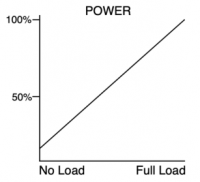
Figure 1: Measured Power increases as Load increases
Power, measured in HP or Watts is calculated from the electrical connections powering a motor. This motor may be powering a pump, mixer, clarifier, blower or other industrial process. By multiplying Voltage x Current x Power Factor (loosely described as the energy required to charge the coils in the motor) we can get an accurate view of the work the motor is doing. This gives us a signal to monitor and control motors. For pumping applications:
- When flow rate is low, power is low
- When flow rate is high, power is high
- At light load conditions, caused by pump cavitation or dry running, power can give clear data on error conditions and need to react.
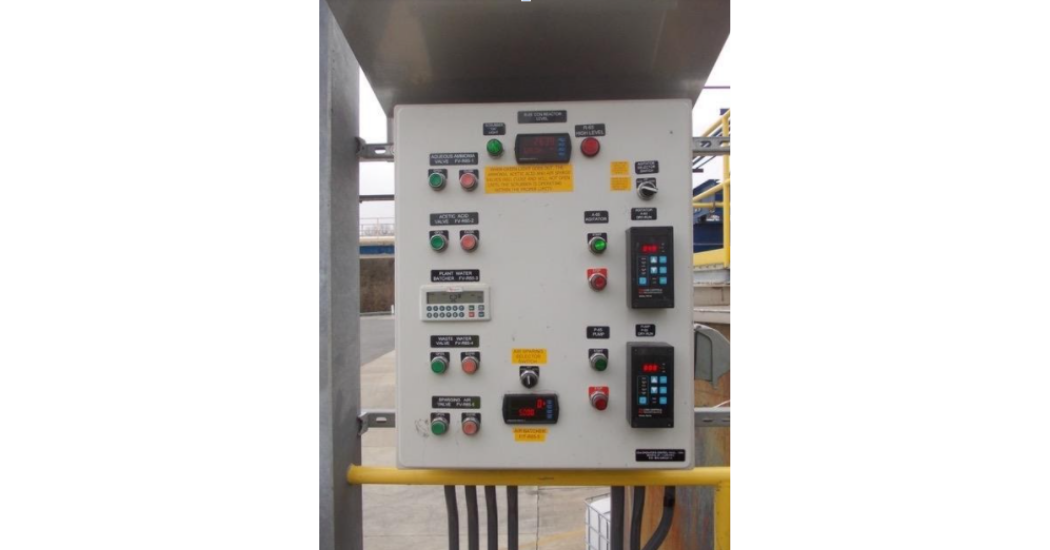
Figure 2: Power Sensors in action in a Water Treatment facility
Measuring power requires no direct mechanical attachment to the pump or motor, and can be done in an environment free from potential manufacturing hazards such as the Motor Control Cabinet.

Benefits of Power monitoring include real-time feedback on process status, flow and viscosity changes, dry running, cavitation, impeller loss and other error conditions and maintenance issues.
What are the applications for the Water industry?
Implementing power sensors across the range of motors in a Water delivery and treatment facility can have significant benefits. The following are areas that power sensors can connect to and deliver valuable feedback on motor conditions:

Power sensors and Pumps
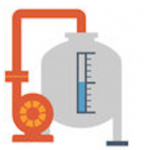 Pumps , which are used throughout the water treatment and delivery process make up the majority of a water system’s energy usage. Pumps can be protected by monitoring power (HP) used by the facility’s pump motors. These sensors and controls can warn of changing conditions that could include dry running which may damage or destroy the pump, cavitation, loss of impellers and jams in the pump or pipes. They can also sense changes in viscosity that would be meaningful for process optimization. One benefit of measuring power as opposed to vibration, temperature or flow is that the power sensors can be installed away from the pumps (in protected environments such as motor control cabinets) while still providing accurate results.
Pumps , which are used throughout the water treatment and delivery process make up the majority of a water system’s energy usage. Pumps can be protected by monitoring power (HP) used by the facility’s pump motors. These sensors and controls can warn of changing conditions that could include dry running which may damage or destroy the pump, cavitation, loss of impellers and jams in the pump or pipes. They can also sense changes in viscosity that would be meaningful for process optimization. One benefit of measuring power as opposed to vibration, temperature or flow is that the power sensors can be installed away from the pumps (in protected environments such as motor control cabinets) while still providing accurate results.
Power Sensors for Mixers and Sludge Collectors
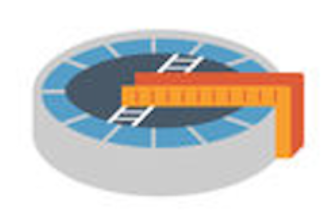 Measuring the power levels of mixers and sludge collectors can provide two key operational benefits: understanding changes in viscosity that could trigger downstream processes or warn of impending concerns; and acting as an ‘electronic shear pin’ to shut down motors when a jam condition exists. This is particularly important to motors in the common mixer configuration with a small motor that is highly geared to move large amounts of material. The ability to detect small changes in power load is critical to informed decision making that can save the lives of motors. Other approaches such as current sensors may be 10X less sensitive to small changes in workloads, making power sensors much more suited to the task.
Measuring the power levels of mixers and sludge collectors can provide two key operational benefits: understanding changes in viscosity that could trigger downstream processes or warn of impending concerns; and acting as an ‘electronic shear pin’ to shut down motors when a jam condition exists. This is particularly important to motors in the common mixer configuration with a small motor that is highly geared to move large amounts of material. The ability to detect small changes in power load is critical to informed decision making that can save the lives of motors. Other approaches such as current sensors may be 10X less sensitive to small changes in workloads, making power sensors much more suited to the task.
The Electronic Shear Pin
A large Mid-Atlantic US water utility needed a solution to monitor and protect the motors that drive their sludge collector process. Sensor installation on the motors was physically unpractical, and current-sensing solutions weren’t sensitive enough. The utility turned to Load Controls and installed a PFR-1750 control on each motor’s supply wiring. The results have been all positive. The motors are now protected and the process is running optimally.
 Power sensors and Blowers
Power sensors and Blowers
Blowers are typically one of the larger consumers of energy in the water treatment process. It is common for blower motors to run non-stop. Monitoring power levels can protect the blower’s motor in the event of blockages and incidents and can provide insights into energy needs when viewed over time.
Power sensors and Energy Management
When motor power (measured in HP) is aggregated over time it can easily be converted into kWh. This can be useful for insights into power consumption for the most important assets in the water treatment and delivery process. Power sensors also incorporate ‘power factor’ into their calculations, providing additional data on the true operational costs of motors and the link to monthly energy bills. By understanding energy trends at the device level over time, operators are able to initiate energy saving measures such as:
Determining when to replace motors with more efficient designs. Comparing measured HP to rated HP of the motors can highlight large savings. Replacing oversized motors with smaller motors or Variable Frequency Drives can provide payback in a few months.
Implement staggered or off-peak operations. Spacing out the timing of peak demands can lower overall power usage and save significantly on the monthly energy bill.
Calculating Energy Savings
By tracking pump power usage you can determine if the motors are appropriately sized. Industry analysts predict that as many as 70% of pumps are oversized, many by more than 20%.
Example: replacing a 30HP motor with a 20HP motor
10HP difference * .746 kWatts/HP = 7.46kW
Running this for a 40 hour week = 15,516 kWh / year
For typical electric rates ranging from $.12 to $.25 /kWh this yields a savings from $1,862 to $3,879 per year. Running the same motor non-stop would yield savings of over 4x these numbers.
Conclusion
Power sensors and load controls can deliver important benefits to the Water industry, including:
- an excellent investment to protect all motors that power pumps, mixers and sludge collectors, and blowers
- offering key insights into changing process conditions, particularly viscosity changes
- providing long-term and detailed energy usage data that is critical to reducing ongoing costs.
We believe every Water treatment facility should take advantage of power sensors to protect and optimize their installation.
About Load Controls, Inc.
Since 1983 Load Controls has been providing Power monitoring solutions for Chemical Processing, Pharmaceutical, Food Processing, Paper, Water and Waste Treatment, Machine Tool and other process manufacturing applications. The Load Control line-up of sensors and controls are in use by 9 of the 10 world’s largest chemical processing firms, and 9 of the 10 largest Pharmaceutical companies globally and 7 of the 10 world’s largest Paper and Pulp processors. All Load Control products are manufactured in the USA. Visit www.loadcontrols.com for more application use cases and product information, or to request a 30-day trial.


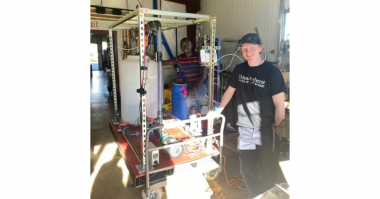
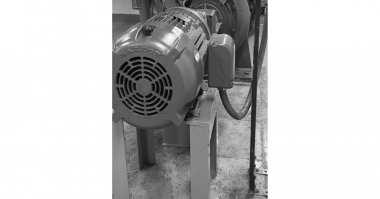

Comments